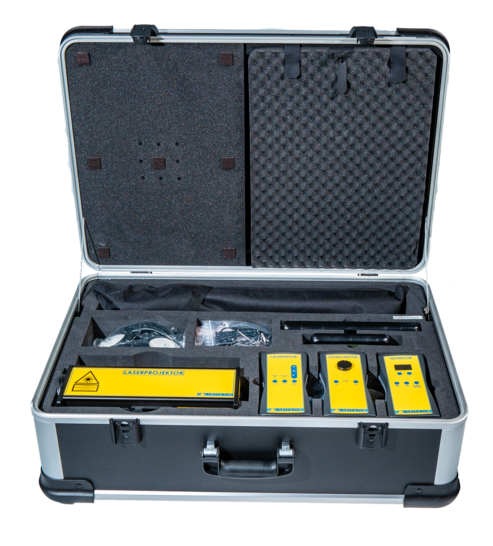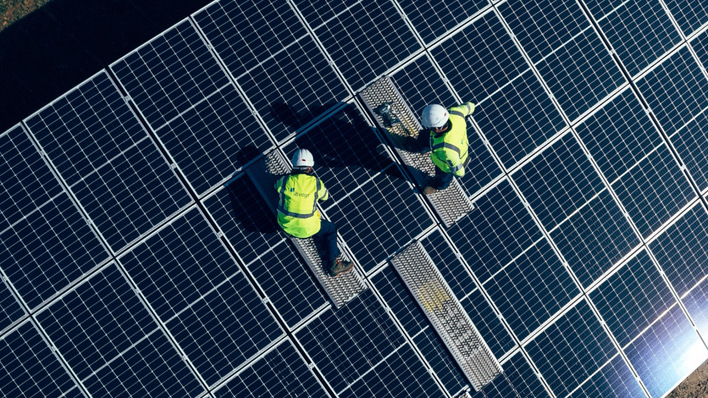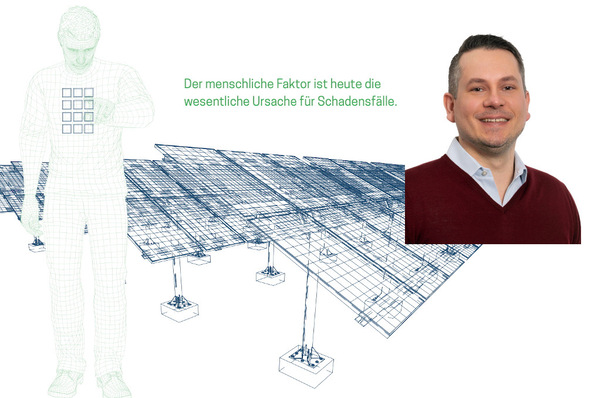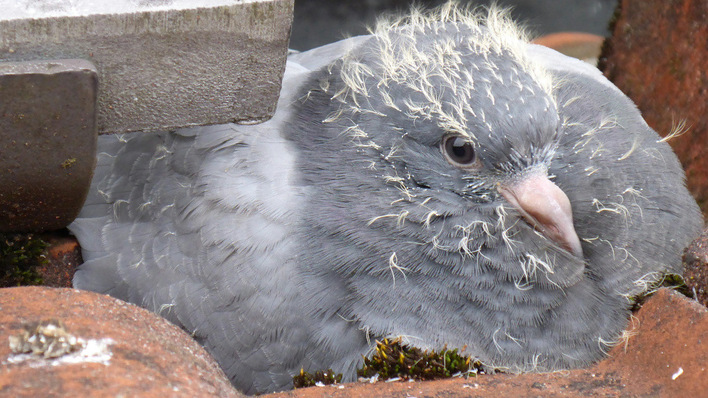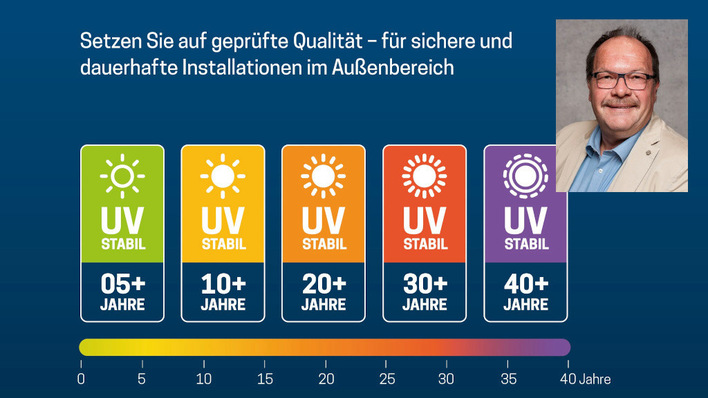The LSI fault location set from Solartektor is able to detect which module is defective, whether there are defective areas within the module, whether there are blown bypass diodes, where there is an insulation fault or exactly where burnt-out connectors are located.
See also: How air pollution influences the yield of solar power arrays
The LSI consists of three device groups: With the laser detector set it creates a module or string diagram, with the signal detector set it finds line breaks such as burnt DC connectors or bitten-off cables (rodent bite) in the DC line and with the Isotector it finds insulation faults.
Also interesting: What to do when hailstorms impact the solar module
With the solar detector set, the solar technician can actually locate cell damage in the module if this causes a large loss of power. This is because the cells then convert the sunlight into electricity only poorly or not at all. The laser beam of the projector modulates a pulsed signal onto the modules. The energy of the signal is transmitted via the string line to the laser detector on the inverter. (mfo)


